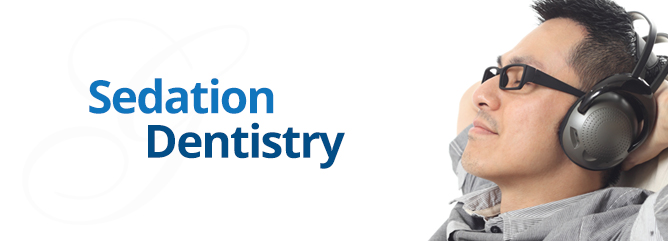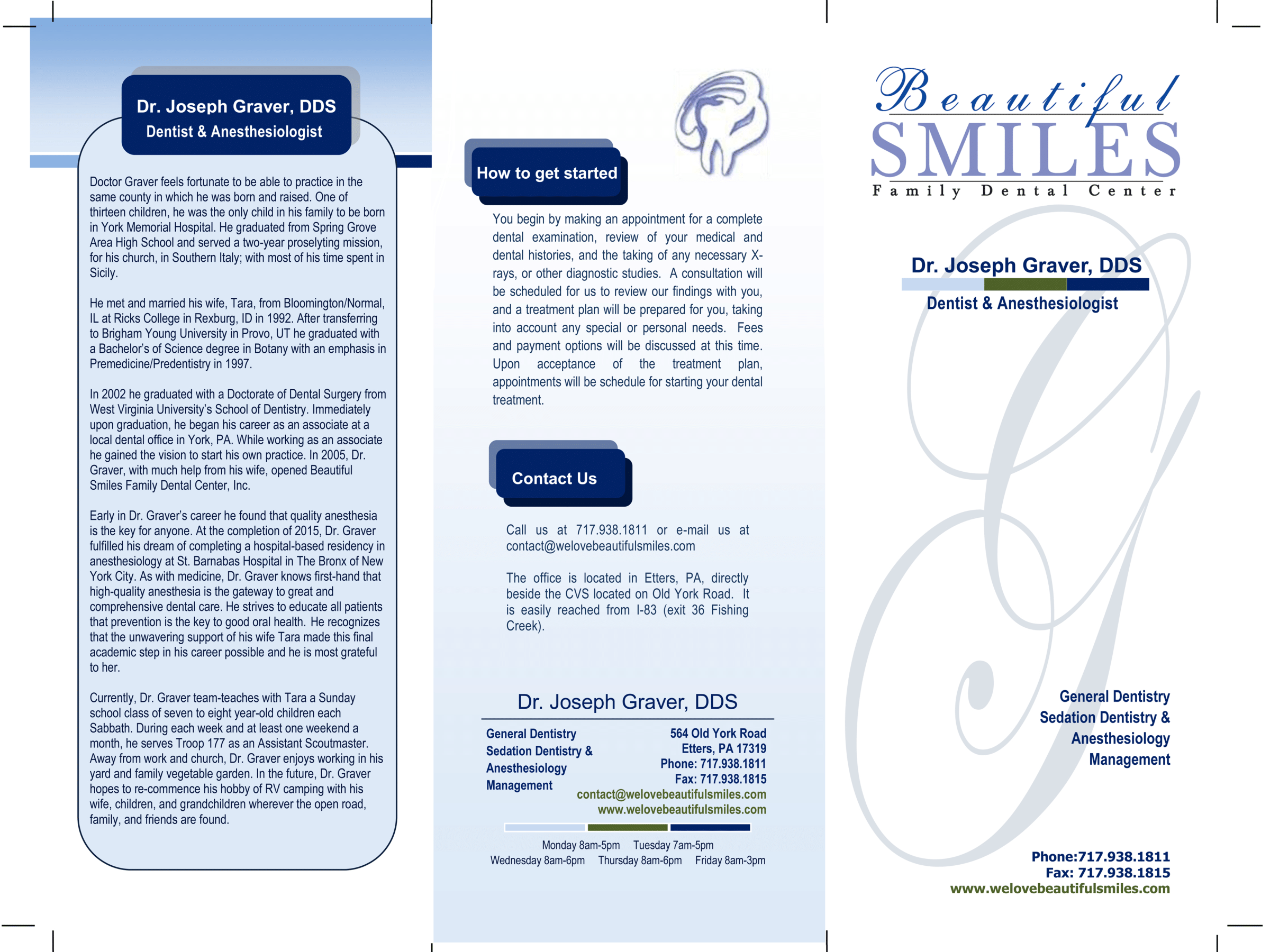
Anesthesia/sedation dentistry is great for those patients with moderate to severe dental phobias. With the aid of sedatives, our doctors can help patients overcome fear, strong gag reflexes, and/or history of bad experiences. There are five forms of anesthesia: local anesthesia, mild sedation, moderate sedation, deep sedation, and most commonly general anesthesia. These forms of anesthesia are delivered by oral, intravenous (IV), intramuscular (IM), or inhalation routes. These have varying degrees of four primary traits: amnesia, hypnosis, pain control, and muscle relaxation.
For more information on anesthesia/sedation dentistry, please click on the links below.
Nitrous Oxide (Laughing Gas)
Nitrous oxide is administered with a comfortable mask that fits over your nose. You will be asked by the dental staff to breathe through your nose and out through your mouth — and within 30 seconds to a couple minutes, you will start to feel the positive effects of the gas. With nitrous, you will feel pleasantly relaxed, happy, and comfortable — without any fear or anxiety. You will be so relaxed that after about 10 minutes,the doctor can safely and successfully complete your scheduled dental procedure(s). At the conclusion of the procedure, you will breathe pure oxygen for 8 minutes, which will completely evacuate the remaining nitrous gas from your body. You will leave the office under your own power, able to drive, and return to work or school.
Nitrous oxide has very few side effects. Some patients may experience nausea if a high dose is administered, which is why we will encourage you to not eat anything for about 2 – 3 hours before your procedure. Sometimes, patients who are claustrophobic have trouble with nitrous, because of the nasal hood.
Oral Conscious Sedation (Sleep Dentistry)
Intravenous (IV) Sedation
Intravenous (IV) Sedation is when liquid sedatives are delivered intravenously. We recommend IV Sedation for patients with severe dental phobias. the doctor will also recommend IV sedation for medically necessary oral surgery procedures such as wisdom teeth extraction. IV Sedation is also recommended for patients who would benefit from a deeper level of sedation for just one or two surgical, endodontic, or periodontal procedures.
Intramuscular (IM) Sedation
Intramuscular (IM) sedation, which involves an injection of sedative drugs into the muscles of the upper arm or upper thigh, can result in sedation within five minutes.


